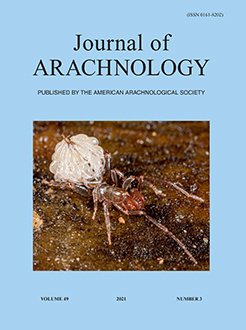Observations of spiders' pre-dispersal behavior can be used to answer various ecological and evolutionary questions. So far, dispersal experiments have often used air currents as a stimulating factor. Effects of electric fields on the pre-dispersal behavior of spiders have recently been discovered. Electric fields may lead to unexplained variation in results and limit comparability between previous studies. Here we aim to disentangle the roles of wind and electric fields on the passive aerial dispersal of three linyphiid spider species. Our results confirm that strong electric fields in the air elicit pre-dispersal behavior, and in combination with a light wind, facilitate dispersal (take-off). Nevertheless, even the strong electric fields employed here played a rather supplementary role in spiders' dispersal with wind remaining the most influential factor. We recommend that studies of passive aerial dispersal should control for electric field strength but otherwise use wind as the primary stimulating factor.
How to translate text using browser tools
10 December 2021
Disentangling the roles of electric fields and wind in spider dispersal experiments
Nijat Narimanov,
Dries Bonte,
Paul Mason,
Laia Mestre,
Martin H. Entling

The Journal of Arachnology
Vol. 49 • No. 3
December 2021
Vol. 49 • No. 3
December 2021
Araneae
atmospheric electricity
Ballooning
Linyphiidae
tiptoe behavior





